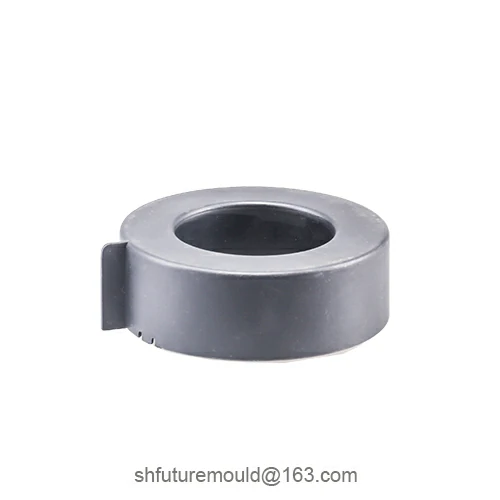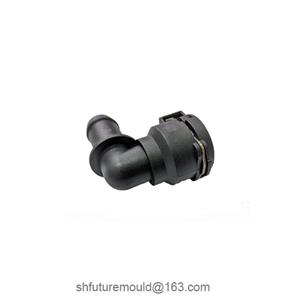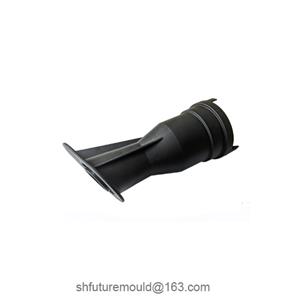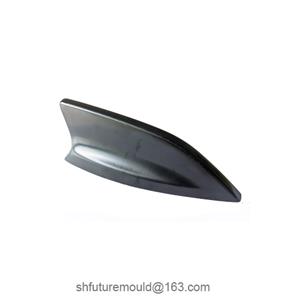Design Specifications for Injection Mold Drawings
The design specifications for injection mold drawings encompass multiple aspects, including the core content of the drawings, technical requirements, and standardized practices to ensure precision and manufacturability.
1. Core Content of Mold Drawings
1.1 General Assembly Drawing
Overall Structure Representation:
Illustrates the interrelationships of major mold components, such as the moving plate, fixed plate, gating system, cooling channels, ejection mechanism, etc.
Assembly Sequence & Exploded Views:
Uses exploded views, where necessary, to clarify the assembly relationships of critical parts, aiding structural comprehension and future maintenance.
1.2 Parting Surface Diagram
Parting Line Definition:
Marks parting lines to show the layout and alignment of cavities, cores, and inserts.
Gating & Venting System Design:
Specifies the design requirements, positions, and dimensions of gates, vents, and runner systems to prevent gas entrapment during filling.
1.3 Component Detail Drawings
Localized Details:
Provides detailed drawings of structural components such as needle valves, guide pins, ejector pins, cooling channels, and alignment elements.
Machining & Heat Treatment Specifications:
Defines machining tolerances, heat treatment processes (e.g., surface hardening), and coating requirements for critical parts to guide production and assembly.
1.4 Cooling & Venting System Diagrams
Cooling Channel Design:
Details the layout, diameter, routing, and integration of cooling channels with the mold structure to ensure uniform temperature distribution.
Venting Channels:
Marks venting channel positions and dimensions for molds with complex geometries or challenging air evacuation needs, ensuring trapped air is expelled during filling.
2. Key Design Specifications & Technical Requirements
2.1 Dimensions & Tolerances
Strictly annotate overall mold dimensions, cavity dimensions, and fitment dimensions, with tolerances set according to machining precision requirements.
Apply higher precision standards to critical details (e.g., guide holes, alignment surfaces) to ensure accuracy in mold closure, ejection, and parting.
2.2 Material & Heat Treatment
Material Selection:
Choose appropriate mold steels (e.g., P20, H13, S136) or hardened alloys based on the product’s operating environment and production cycle.
Heat Treatment Processes:
Specify heat treatment parameters (e.g., hardness, tempering temperature) for critical components to enhance wear and thermal fatigue resistance.
2.3 Surface Treatments
Define surface treatment requirements such as electroplating, nitriding, or polishing to extend mold lifespan and improve lubrication or demolding performance.
2.4 Motion Mechanisms & Clamping Systems
Annotate the operation methods, connection types, and motion trajectories of ejection systems, guide pillars, clamping plates, and locking devices to ensure smooth mold closure, parting, and ejection while minimizing stress concentrations.




